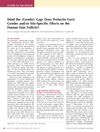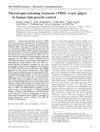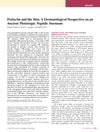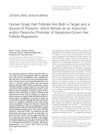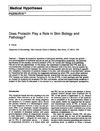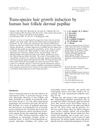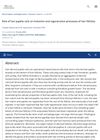Thyrotropin-Releasing Hormone and Estrogen Differentially Regulate Prolactin and Prolactin Receptor Expression in Female Human Skin and Hair Follicles In Vitro
March 2010
in “
British Journal of Dermatology
”
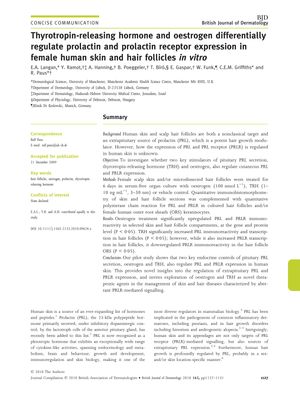
TLDR Oestrogen and thyrotropin-releasing hormone affect prolactin and its receptor in human skin and hair, suggesting new treatment options for related conditions.
The study from 2010 explored the effects of thyrotropin-releasing hormone (TRH) and oestrogen on prolactin (PRL) and prolactin receptor (PRLR) expression in female human skin and hair follicles in vitro. It was found that oestrogen significantly increased PRL and PRLR at the gene and protein levels in skin and hair follicle compartments, while TRH raised PRL levels but decreased PRLR protein expression and increased PRLR mRNA in hair follicles. The research, which used skin samples from two healthy women aged 42 and 54, suggests that oestrogen and TRH could potentially be used to treat skin and hair diseases involving abnormal PRLR signaling. This was the first evidence that these hormones, known for their role in the pituitary gland, also affect prolactin expression in human skin, indicating a new possible therapeutic approach for conditions with altered prolactin signaling.
